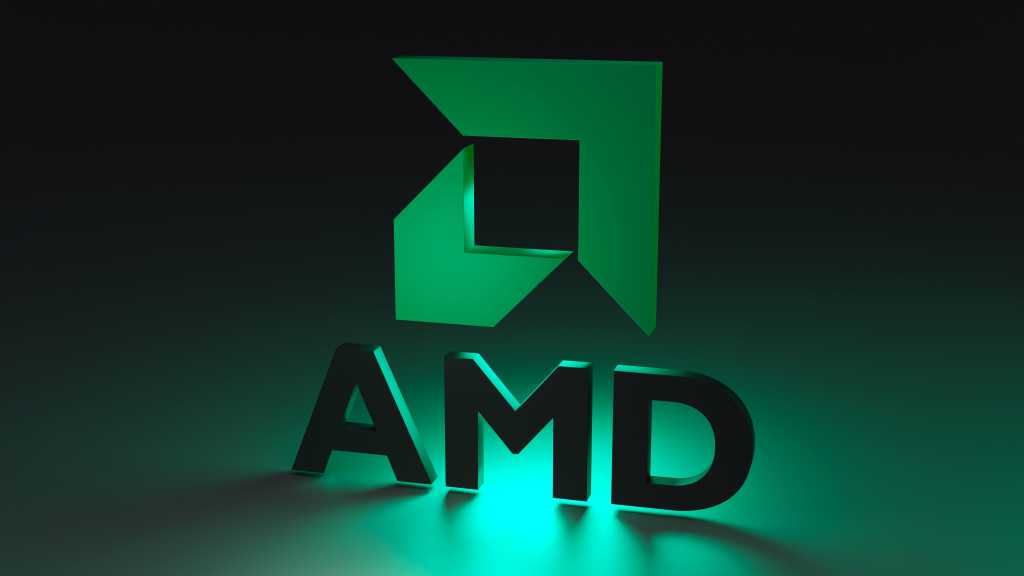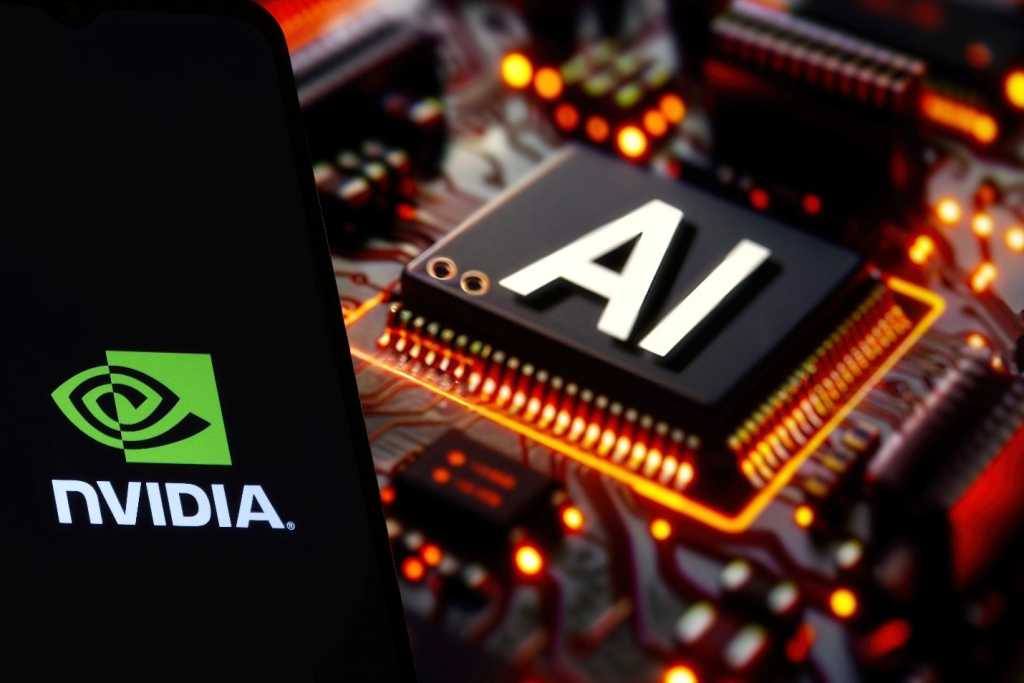Want smarter insights in your inbox? Sign up for our weekly newsletters to get only what matters to enterprise AI, data, and security leaders. Subscribe Now
Amid the big news that Windsurf is being acquired by Cognition (after its founders went to Google), developers interested in AI-powered coding may be on the hunt for new alternatives.
In a bit of fortuitous timing, today also saw Amazon’s release of Kiro, a new agentic Integrated Development Environment (IDE) built to help developers move from prototype to production using AI workflows grounded in structure, planning, and engineering rigor.
Kiro uses Amazon investment Anthropic‘s Claude Sonnet 3.7 and 4.0 as the default model backends. Users can switch between them, and future support for other models may be added.
Now in public preview, Kiro runs on macOS (Intel and Apple Silicon), Windows, and Linux for free to start (limited to $50 interactions per user per month), with additional pricing tiers starting at $19 for more features.
Kiro aims to bridge the gap between “vibe coding” — allowing AI to generate full blocks of code and even entire software processes and applications from plain text instructions, typically used by enterprises for rapid prototyping and interation — and the more demanding process of delivering secure, maintainable, and scalable applications in real-world environments.
The tool combines AI agents with project specifications, technical architecture, and automated task management to support a complete software development lifecycle inside a single interface.
Kiro vs. Q Developer?
But didn’t Amazon already have its own AI-code completion tool, Q Developer? Yes, and that’s still available for those users who rely on it.
So why launch a whole new product and brand name that offers some of the same functionality? Sources at Amazon told VentureBeat that “Kiro is a general-purpose agentic IDE for developers to work with any platform of their choice,” as opposed to Q Developer, which is more limited in its support for third-party IDEs, restricted to VSCode, JetBrains, Eclipse, and Visual Studio.
In addition, the sources pointed out that Kiro’s agentic spec-driven development was radically different from the code suggestions offered on discrete snippets by Q Developer. They said some developers may even prefer to use both in tandem, which is supported via the Q Developer Pro subscription which starts at $19 per month per user.
From prompt to production with spec-driven development
Kiro’s key differentiator is its spec-driven development model, which guides the process from ideation to implementation. A simple prompt like “Add a review system” triggers a chain of AI-assisted outputs that include:
- User stories with acceptance criteria in EARS (Easy Approach to Requirements Syntax) format
- Design documents with data flow diagrams, TypeScript interfaces, and API schemas
- Task lists and sub-tasks automatically sequenced by dependency, with tests, loading states, and accessibility built-in
Developers can execute these tasks one at a time through Kiro’s built-in agent interface, with inline diffs, progress tracking, and access to historical agent execution logs. As development proceeds, Kiro keeps specs in sync with the codebase, helping teams avoid the typical drift between documentation and implementation.
Agent hooks automate routine quality tasks
Kiro’s agent hooks allow developers to configure automation triggers for everyday tasks like regenerating tests, updating documentation, or running security scans.
Hooks can be tied to actions such as saving files, editing components, or pushing commits. Once set up and checked into the repo, they provide team-wide consistency in code quality and standards enforcement.
For instance, developers can define a hook to ensure new React components follow the Single Responsibility Principle or trigger a secrets scan before commits. This approach adds automated quality control without slowing down individual developers.
Kiro is built on Code OSS, the open source foundation of Visual Studio Code, maintained by Microsoft. It provides the core editor experience without proprietary services, allowing third parties like Kiro to build their own IDEs with full compatibility with VS Code extensions and settings.
As such, Kiro remains compatible with VS Code extensions, settings, and UI conventions. It also supports:
- Model Context Protocol (MCP) for connecting external tools
- Agentic multi-modal chat, using files, URLs, or documents as context
- Steering rules to customize and constrain agent behavior across a codebase
- Social login via GitHub or Google, with no AWS account required
Pricing and availability
Kiro is currently free for all users during its preview period, including Amazon Q Developer and Q Developer Pro subscribers.
Preview access includes “generous” usage limits aimed at letting developers explore Kiro without frequent disruptions.
After the preview period ends, users will have a choice of three subscription tiers:
| Plan | Monthly Price | Included Agentic Interactions | Notes |
|---|---|---|---|
| Kiro Free | $0 | 50 per month | Specs, hooks, steering, and MCP support included |
| Kiro Pro | $19 | 1,000 per month | All features from Free, plus higher usage quota |
| Kiro Pro+ | $39 | 3,000 per month | Designed for heavy users or teams |
Agentic interactions include any direct invocation of Kiro agents—such as initiating a spec, triggering a hook, or sending a chat prompt. The processing work that happens after a request (like multi-step task execution) does not count toward the quota.
Users on paid plans will also be able to purchase additional interactions at $0.04 each, but overage billing must be explicitly enabled.
The AI-assisted development ecosystem is becoming increasingly crowded, with several prominent IDEs and agents competing for developer attention. Here’s how Kiro stacks up:
| Tool | Summary | Pricing |
|---|---|---|
| Amazon Q Developer | Multi-environment AI assistant integrated into AWS, IDEs, CLI, and chat. Agentic workflows via terminal or IDE. Great for cloud ops, migrations, and automation. Free and Pro tiers available. | Free; Pro at $19/user/month |
| Claude Code (Anthropic) | CLI-first coding assistant with chat-based iteration, plan/edit modes, and diff views. Strong for interactive code development, less structured than Kiro. | Free; Pro at $17/month or $20 billed monthly |
| GitHub Copilot (Microsoft) | Inline code completion tool in VS Code, GitHub. Best for quick assistance. Lacks structured planning or workflow support. | Free trial; Pro $10/month or $100/year; Pro+ $39/month |
| Cursor | VS Code–based AI editor for conversational edits and navigation. Optimized for solo coding, minimal planning support. | Free; Pro $20/month ($16/month yearly) |
| Windsurf (OpenAI, acquired) | Discontinued AI IDE focused on rapid code editing. Offered minimal planning. Key staff/IP acquired by Google and Cognition in July 2025. | Free; Pro $15/month; Teams $30/user/month |
| Cognition / Devin | Multi-agent system capable of autonomous software engineering from planning to deployment. Developer-in‑loop model. | Start at $20/month; older tiers at $500/month |
| Kiro | Planning-first AI IDE with structured artifacts like specs, design docs, and task trees; supports feature planning, implementation, and QA automation. Developer‑in‑loop. | Free (50 interactions/mo); Pro: $19/user/mo (1,000 interactions); Pro+: $39/user/mo (3,000 interactions) |
Developer response and early impressions
Kiro’s launch generated active discussion on startup accelerator Y combinator’s popular developer forum Hacker News, where Nathan Peck, Senior Developer Advocate for Generative AI at AWS (username NathanKP) offered technical context and responded to questions.
He emphasized that Kiro reflects Amazon’s internal engineering practices and is designed to help developers scale from small ideas to robust, production-ready systems.
Initial community reactions were mixed but intrigued. Developers praised the emphasis on specs, hooks, and structure.
Some compared it favorably to tools like Claude Code and Cursor, citing the improved rigor in building and documenting features. Others voiced concern over tool churn and switching costs, while some preferred command line interface (CLI)-based tools or simpler interfaces.
Feedback also surfaced around authentication bugs, platform compatibility, and desire for dev container support. These early responses reflect both curiosity and the high expectations developers now have for AI coding tools.
Kiro enters a crowded field but carves out a niche with its structured, spec-first philosophy and support for developer-in-the-loop workflows.
It’s not trying to replace developers or automate entire codebases blindly. Instead, it’s offering a more disciplined way to collaborate with AI from planning to delivery.
With its preview now open and pricing models outlined, Kiro may appeal most to teams and individuals looking to build not just faster, but more thoughtfully—with long-term maintainability, clarity, and quality built in.
Daily insights on business use cases with VB Daily
If you want to impress your boss, VB Daily has you covered. We give you the inside scoop on what companies are doing with generative AI, from regulatory shifts to practical deployments, so you can share insights for maximum ROI.
Read our Privacy Policy
Thanks for subscribing. Check out more VB newsletters here.
An error occured.





















